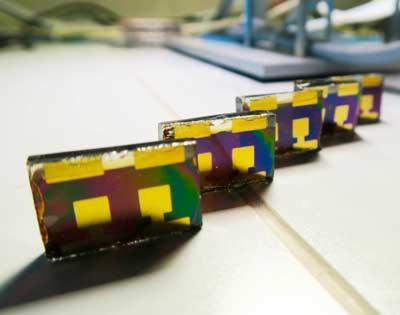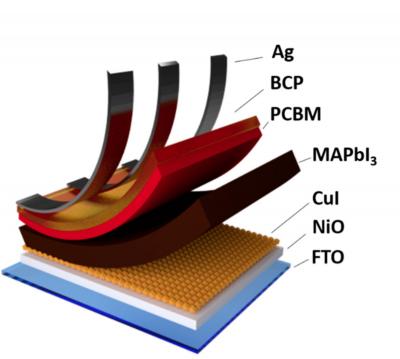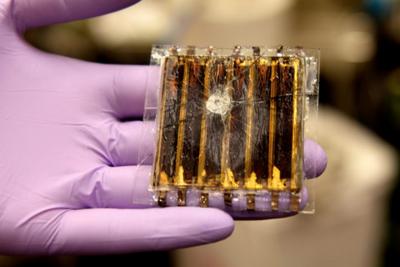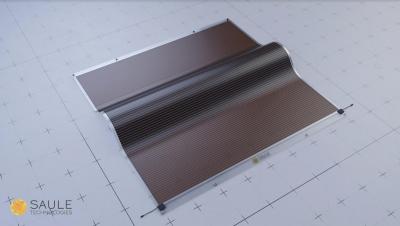Surrey team demonstrates promising perovskite solar cells with half the amount of lead
Researchers from the University of Surrey's Advanced Technology Institute (ATI) have produced a perovskite solar cell which contains 50% less lead, replaced with the more innocuous tin. By fine-tuning their tin solar cell, the researchers were able to create a product that is able to absorb infrared light in a similar manner as silicon cells. They also found that by stacking lead-only cells with the ones mixed with tin can lead to power conversion results that outperform those of silicon-only power cells.
Indrachapa Bandara, lead author of the study and PhD student at ATI, said: 'We are starting to see that many countries are treating the threat of climate change with the seriousness it deserves. If we are to get a handle on the problem and put the health of our planet on the right track, we need high-performing renewable energy solutions.... Our study has shown that tin based perovskite solar cells have an incredible amount of potential and could help countries such as the United Kingdom reach its target of becoming carbon neutral by 2050'.






